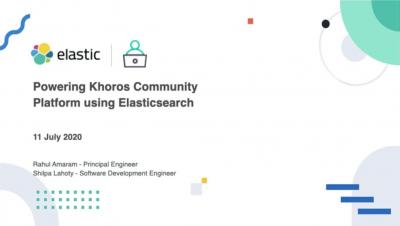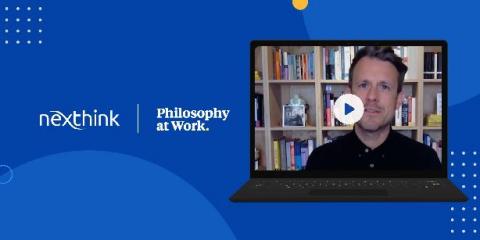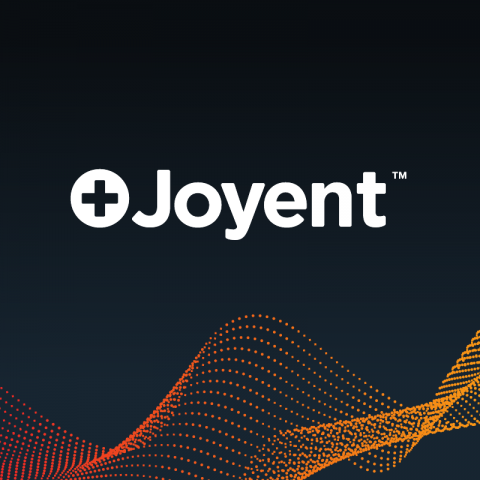Operations | Monitoring | ITSM | DevOps | Cloud
Case Study
Swampup Leap: Creating an Inner Source Hub at Siemens
Bees Working Together: How ecobee's Engineers Adopted Honeycomb
At ecobee, adopting Honeycomb started as a grassroots effort. Engineers signed up for the free tier and quickly started sharing insights with teammates. When it came time for ecobee to make the “build vs. buy” decision for observability tooling, sticking with Honeycomb was the clear choice. Now on the enterprise plan, ecobee’s engineering squads rely on features like SLOs to support the business’s need to map engineering effort to user impact.
Through the Crisis: Nexthink Customer Stories (Philosophy at Work)
Dr. Brennan Jacoby is a philosopher and the founder of Philosophy at Work, an organization that works with businesses seeking to improve their thinking skills by leveraging great philosophers and philosophical techniques. In 2020, Dr.
How Playtech Fixed Metrics Over-Collection with Observability
According to Forbes, 2.5 quintillion bytes of data are created every day. Data volumes have grown exponentially in recent years due to the growth of the Internet of Things (IoT) and sensors. The majority of data collected has been collected in the last two years alone. For example, the U.S. generates over 2.5 million gigabytes of Internet data every minute, and over half of the world’s online traffic comes from mobile devices.
How Capgemini Solved Multi-Cloud Observability on Heroku with Coralogix
Connecting the World's Travel Trade with Kubernetes
When you book a hotel online or with a travel agent, you’ve probably got a wish list that has to do with the size of the room, view, location and amenities. You’re probably not thinking about the technology in the background that makes it all happen. That’s where Hotelbeds comes in. The business-to-business travel technology company operates a hotel distribution platform that travel agents, tour operators, airlines and loyalty programs use to book hotel rooms.
The Need for More Scalability and Data Clarity: Why Joyent Chose Circonus over Traditional Monitoring Tools
In one of our recent posts, we provided insights on how companies can move from traditional, basic infrastructure monitoring to more advanced monitoring. For many companies, basic monitoring and alerting is just not enough anymore. Staying competitive by deploying new features faster while providing the seamless experiences customers expect requires a more sophisticated monitoring analytics strategy.
SSI Selects Goliath Technologies to Proactively Troubleshoot and Document Citrix End-User Experiences
Goliath adds SSI to a growing list of managed service partners Philadelphia, PA – July 21, 2020 – Goliath Technologies, a leader in end-user experience monitoring and troubleshooting software, announced today a new partnership with SSI, a global IT and cloud managed service provider. Goliath adds SSI to its growing list of managed service partners which includes HCL, Tech Mahindra, MTM, DXC, and many others.
Summit EMEA: How Vodafone Is Enabling Immutable Telemetry
In June, we were delighted to host our first ever virtual PagerDuty Summit EMEA! Llywelyn Griffith-Swain, SRE Manager, and David Jambor, Head of Systems Engineering at Vodafone, were among our speakers. They outlined Vodafone’s approach to achieving immutable telemetry. David opened the session by defining Vodafone’s strategic goals. “Our vision is to create an engineering-driven culture,” he explained. “We want to empower development teams to be self-sufficient.











